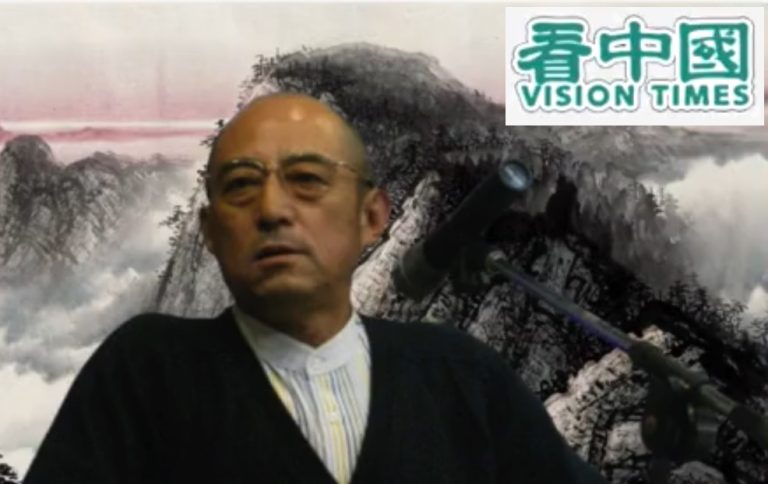The current government of Taiwan announced a drive to remove 760 statues of Chiang Kai-shek, the military leader who ruled the Republic of China (ROC) on the mainland and then Taiwan from the mid-1920s until his death in 1975.
Chiang’s legacy is a matter of deep controversy in modern Taiwan, the island off the southeast Chinese coast that is still officially governed as the ROC.
The administration of the incumbent Democratic Progressive Party (DPP) advocates deemphasizing the legacy of the ROC, including the veneration of its leaders.
While Chiang was instrumental in building the Nationalist Chinese government and leading the fight against the Imperial Japanese invasion in World War II, a long civil war with the Chinese Communist Party (CCP) ended with the ROC being defeated on mainland China in 1949.

As the CCP established a totalitarian dictatorship, Chiang and millions of others fled the mainland to continue the republican Chinese government on Taiwan, which had been returned to China in 1945 after 50 years of colonial rule by Japan.
Success
You are now signed up for our newsletter
Success
Check your email to complete sign up
Shih Pu, a cabinet member, said on Monday, April 22 that Taiwan’s interior ministry would soon remove the 760 remaining statues of Chiang, who was honored in official propaganda and education for many years until Taiwan became a democracy.
Chiang Kai-shek: A mixed legacy
With U.S. assistance, Chiang and his Nationalist Party (Kuomintang) prevented a communist takeover of Taiwan and built up the island as an economically prosperous “Asian Tiger,” but the regime is also remembered for its human rights abuses.
Among Taiwanese descended from those living on the island before 1945, Chiang Kai-shek is more often associated with the dictatorship and martial law he presided over during his rule. In particular, a series of massacres committed by Kuomintang troops during the infamous “228 Incident” in 1947 is emblematic of the “white terror” of the era.
It is estimated that several thousand dissidents were killed during the over 40-year period of martial law, which the Kuomintang justified as necessary to fight communism, while over 100,000 were imprisoned.
The Kuomintang’s dictatorship came to an end in the 1980s when Chiang’s son and successor Chiang Ching-kuo implemented political reforms that led to full democracy in the following decade.
In the latest general elections, held on Jan. 13 this year, the DPP defeated the Kuomintang for the third time in a row amidst the latter’s stance of avoiding confrontation with Communist China.

The CCP claims Taiwan as part of its own territory, rejecting the legitimacy of the ROC or an independent Taiwan.
Since the founding of the ROC, the Kuomintang has seen factional splits between pro- and anti-communist elements in its ranks, leading to internal discord that was often exploited by the CCP to eventually conquer mainland China.
Following the Chiangs’ passing and Taiwan’s democratization, the Kuomintang mainstream has maintained a soft attitude on Communist China, claiming that excessive confrontation could ruin Taiwan’s economic prospects and risk war.
Military tradition
Many statues of Chiang Kai-shek had already been removed and gathered in a park in Taipei, Taiwan’s capital, but the DPP has received criticism about not taking action to remove the likenesses still remaining.
Shih noted in his remarks to the ROC Legislative Yuan that there was resistance to the idea, particularly within the ROC military. Despite financial incentives offered to remove Chiang statues, the “defense ministry has said it needs to take into account the military tradition,” Shih said.
Chiu Kuo-cheng, ROC Minister of National Defense, said the week before Shih’s remarks that honoring Chiang is part of the Taiwan military’s tradition. Apart from leading the ROC army against the Japanese and communists, Chiang also founded the military academies that turn out its officers.
The largest statue of Chiang Kai-shek is nearly 20 feet high and sits in the Memorial Hall named for him in central Taipei overlooking Liberty Square. It is watched over by an honor guard.
A similar memorial hall stands further east in the city in commemoration of Dr. Sun Yat-sen, who founded the Republic of China in 1912. His likeness is also protected by an honor guard.













